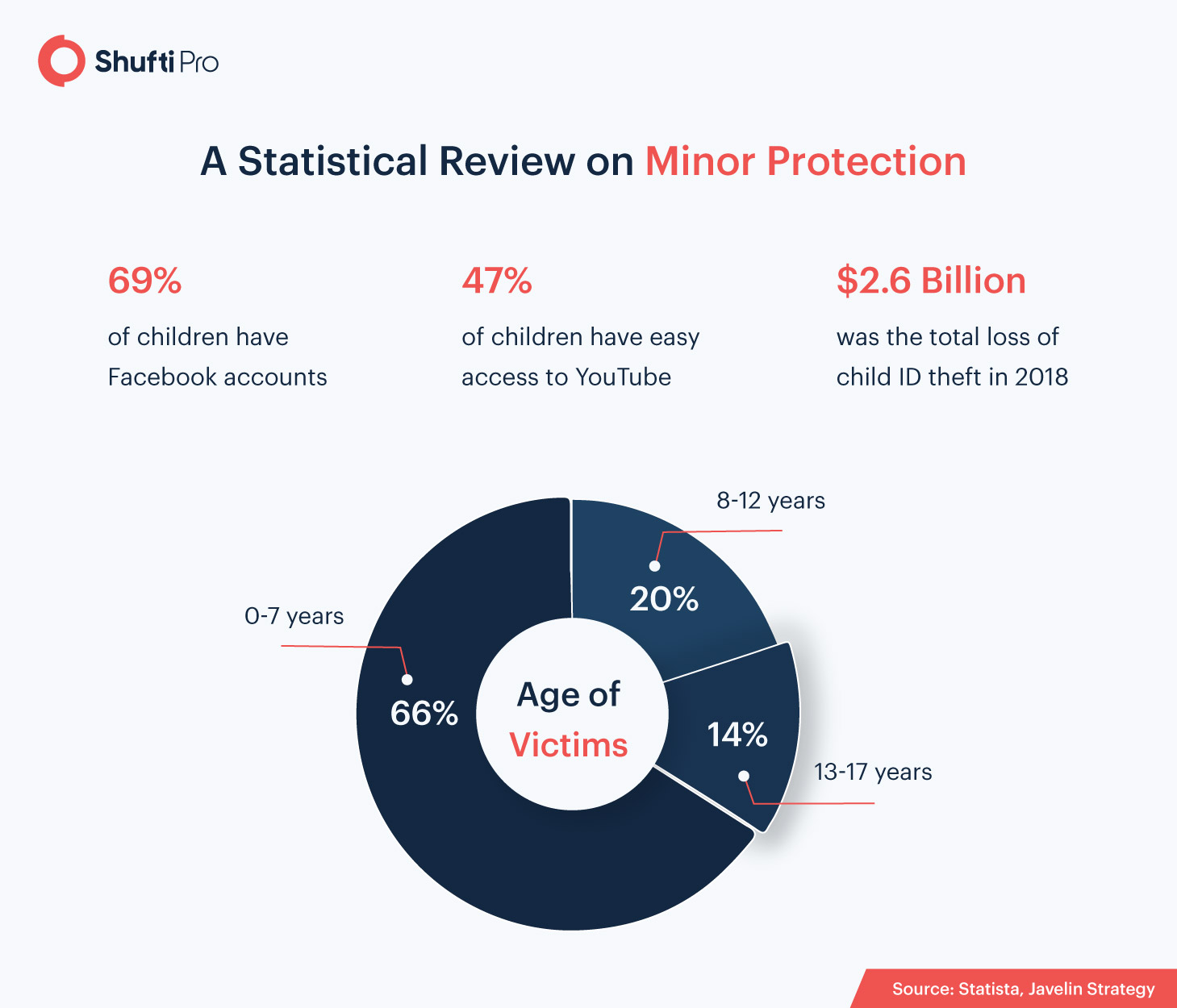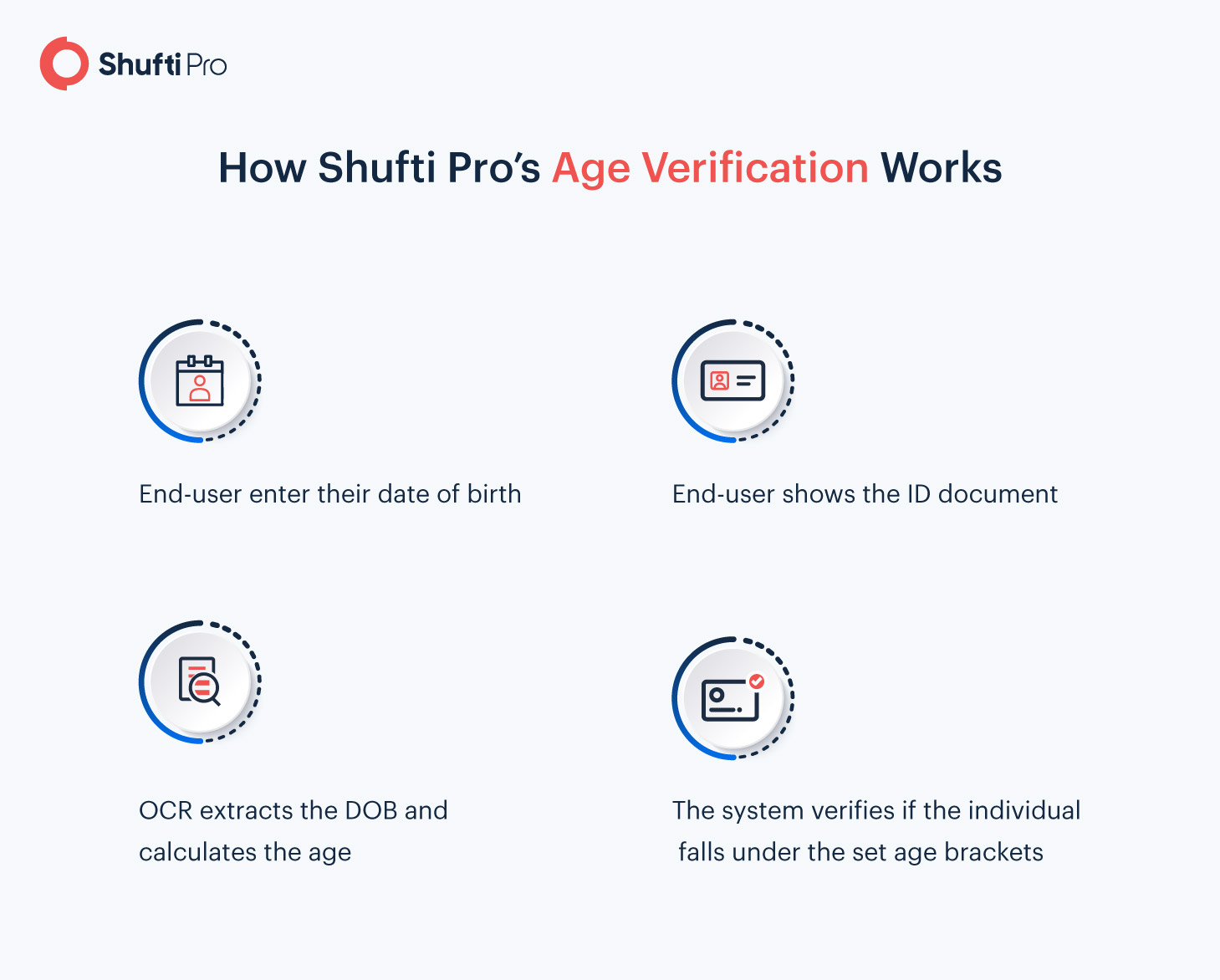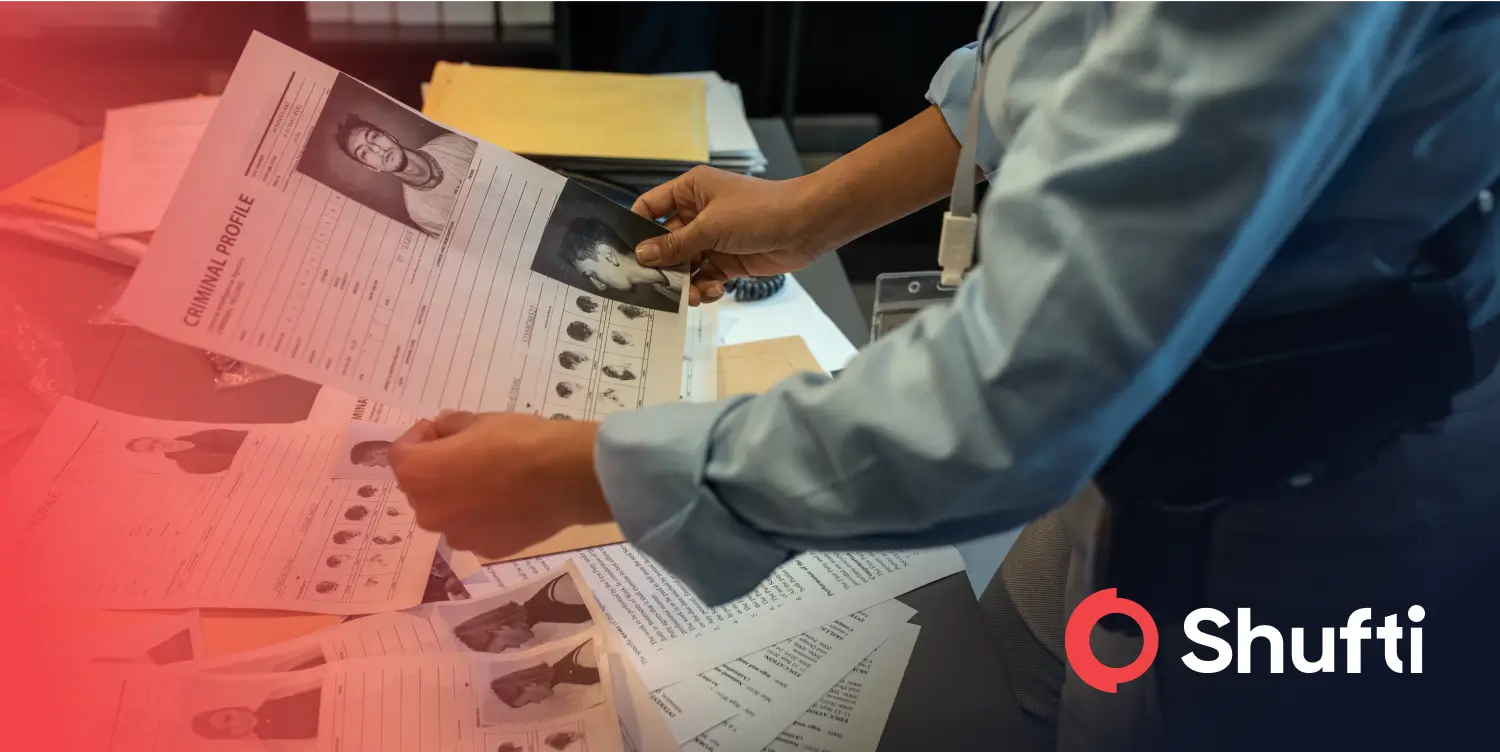Top 5 Ways Minors Use to Dodge Age Verification Checks

Protecting minors from the perils of the digital world is nearly impossible for businesses without robust age verification checks. Captcha, checkboxes, manual age checks, etc. are no longer helpful. Kids are smart enough to dodge all these checks and consume adult-oriented products and services. Asking your users to enter their age for verification is not at all a vigorous barrier. Entering a fake date of birth is a piece of cake for minors, so what is that an online business needs to prevent kids from accessing any adult-oriented products and services? The simple answer is digital age verification. However, we have captured several cases where kids tried to dodge AI-powered age verification checks. Let’s take a look at the top five ways we have identified.
What is Age Verification?
Age verification is an AI-driven system that allows companies belonging to the cannabis, online dating, gambling, and gaming industries to verify the age of the users. Furthermore, the regulatory environment for minor protection is rigid nowadays. Age verification based on artificial intelligence models verifies identity documents and face verification to validate the age.
Top 5 Ways Minors Use to Dodge Age Verification
Here are the top five ways that minors repeatedly use to dodge Shufti’s age verification checks.
Using their Parents ID Documents
While onboarding clients for online gaming platforms and dating sites, we always verify the age of end-users. Since our identity verification checks include validation of government-issued ID documents, underage web surfers used their parents’ ID documents or an elder’s documents to manipulate the system. However, our solution verifies the face of the end-user through a selfie. This selfie is uploaded during the process which is cross-matched against the image on the identity document. Through liveness detection, microexpression analysis, 3D depth analysis, and image distortion analysis, there is no chance that an imposter passes through.
Using their Parents Credit/Debit Cards + Using An Elder’s Credentials to Access AO Products/Services
Shufti also offers identity verification through credit or debit card. Why would it be a problem for a kid to use their parent’s debit or credit card? This is what happened during the first half of 2021. We encountered many cases where minors tried to spoof our age verification system using an elder’s credit/debit cards. According to our reports, these attempts were captured during liveness detection checks.
Suggested: Age Verification: Use Cases, Significance and Regulations

False Age
Age verification is no longer dependent on “Please enter your date of birth” dialogue boxes. Minors do not hesitate before entering a false age to acquire access to the platform. Research revealed that nearly half of the teens have lied about their age online just to get access to a restricted platform. With Shufti, many online businesses have controlled unauthorised access to their platform. As one of our clients, Drakemall said:
“Before we connected the service of ShuftiPro, we used manual and selective verification, especially for date of birth verification. Many minors got unauthorised access to the platform. Now we don’t have any headache about KYC, because all processes are going automatically. This facilitated the work of the fraud manager and support department.”
Checkboxes and Captcha
“Please check the box if you are above 18.”
Kids check this box in the blink of an eye to buy products like e-cigarettes and alcohol. Another big mistake that businesses make is adding captcha with multiple attempts as an age verification barrier. It barely takes two attempts for a minor to crack the puzzle and make a purchase or create social media accounts.
To prevent minors, there is a strong need for AI-powered age verification checks that not only verify the date of birth through an ID document but also check for the live presence of the end-user. Only then online platforms can ensure minor protection and effective compliance with the age restrictions across the globe.
Not Safe For Work
This is currently the finest trick in the book. After YouTube’s attempt to protect minors, kids have been using the “not safe for work” method to surpass age restrictions on not just YouTube but other platforms as well. A little amendment in the URL results in easy access to the site. For instance, a minor adds NSFW with the domain name and viola! Access granted to the user. However, robust age verification systems do not allow anyone to use this trick and get control of AO content.
Shufti – Bringing Robustness to the Age Verification Checks
Shufti offers state of the art age verification checks that can verify ID documents in more than 150 languages supporting 3000+ document types. Minors cannot manipulate our system with their parent’s identity documents, credit/debit cards or stolen account credentials to illegitimately access an adult-oriented website.
If you are an online business, Shufti’s KJM-approved age verification service is what you need. Our process is simple and you get 98.67% accurate results in just 30 seconds.

It All Boils Down To…
Robust age verification is what online businesses need in the modern world for minor protection. With conventional methods to verify the age of the end-users, minors can very easily swoop into the system and utilise all the AO products and services without any obstacles. Using stolen identity documents, parent’s credit/debit cards, stolen account credentials, and providing fake date of birth are the most common ways used by kids to dodge the age verification system. However, AI-based age authentication solutions have more robustness than one could think of. These checks deploy numerous artificial intelligence algorithms to ensure the live presence of the end-user. Ultimately, minors cannot bypass the age barriers.
Need more assistance on Shufti’s age verification? Get in touch with our experts.










![Harnessing the power of AML Screenings to Uncover Politically Exposed Persons [PEPs] Harnessing the power of AML Screenings to Uncover Politically Exposed Persons [PEPs]](https://shuftipro.com/wp-content/uploads/n-img-harresing.webp)


